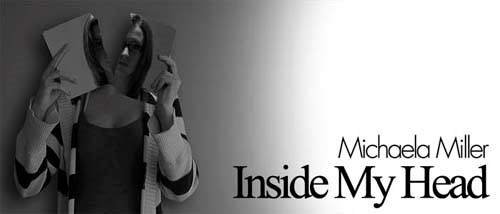Ah, coffee. It’s the cheapest and most socially acceptable drug there is. Most people will not think of it as a drug, but it most certainly is. Its active ingredient is caffeine. Caffeine is used for both prescription and recreational purposes, and is available for purchase in large quantities. While coffee may have had an honest beginning, its use is now perverse.
The most common type of coffee in the world comes from the Arabica bean plant. This plant was discovered in 10th century Ethiopia. Oral accounts from wandering travelers praised the bean for its energizing and refreshing qualities. Written accounts did not appear until the mid-fifteenth century, when the educated and literate monasteries caught wind of it. According to Bennett Weinberg’s novel, The World of Caffeine: The Science and Culture of the World’s Most Popular Drug, Yemen’s monasteries popularized use of making coffee as we know it today as part of their night-time religious rituals. The drink would provide concentration for prayer, alertness for devotion and appetite suppressant for better fasting. To share the success of their religious practices, Yemen began exporting to other small monasteries, eventually trading beyond borders and across oceans.
There is history in the name itself, too. I busted out the old (and unfortunately dusty) Oxford encyclopedia in my basement to find that the word “coffee” is an English slang term for the Arabic, “qahwah; meaning “intoxicant” or “wine.” This Arabic word breaks down further into the verb, “qah”, which means “to lack hunger.” Perhaps the aforementioned monasteries were responsible for putting these meanings behind the name.
In contrast, today’s coffee drinkers use the effects to get through the eight hour drudgery of the work day, every day. Social visits are warmly referred to as “coffee dates.” Morning routines cannot be completed unless initiated by coffee. Coffee has become so socially acceptable that very few people realize how dependent they are upon it. For some, you could go so far as to say they are addicted if they refuse to stop drinking and if they fail to meet work, family and social obligations because of coffee. For most however, it’s dependency they fall under. Physical tolerance, where you must drink a certain amount to even feel the effects of the drink, as well as withdrawal; negative physical and emotional symptoms from not consuming the beverage.
What is so bad about being dependent on coffee? Well, for starters it’s likely that you’re tired. When you routinely drink coffee, your body becomes used to this external source of energy. Thus, your own energy is non-existent. When you do not produce or use your own energy, your body goes into a “lull” or rest state. Remaining energy, as well as fat are stored for future necessity. When your body finally receives its next coffee boost, it uses the energy up as quickly as it can. This is unhealthy. Without a constant production of your own, natural energy, your body goes from one extreme to the other.
The biggest reason that I think society has become entranced with coffee is simply because of its active ingredient, caffeine. Caffeine structurally resembles a molecule that’s already present in our bodies: adenosine. Basically, adenosine is your body’s natural energy cells. It also helps to regulate your chemical pathways. Over time, such as the course of a day, adenosine builds over your brain’s receptors, causing the feeling of tiredness. When you consume caffeine, it absorbs into bloodstream quickly. Once it’s in the brain, it quickly piles up on top of your brain receptors, causing the feeling of tiredness. This is over the course of a couple of hours. Over time, more receptors will form to offset the onslaught of caffeine – the reason for tolerance. It takes more coffee to achieve an energizing effect after this. Therefore, caffeine is a drug.
One supporting reason for society’s acceptance of coffee is status. The brand of coffee; the logo on your cup symbolizes your status in society. In this way, coffee is an indicator of your social standing. If you show off your cup from Starbucks, you can jump up a few pegs on the social totem pole to be with the pretentious crowd as opposed to the cup from Tim Horton’s where the working class gathers.
All in all, society’s fascination with coffee is teetering on dangerous. Coffee is a drug that most of us are dependent upon, and we need to learn moderation.




